This project has evolved over the years. The current design consists of the NXP NTAG I2C Plus NFC EEPROM that supports energy harvesting. The NTAG device powers a WCH CH32V003 MCU that drives the buzzer and LED(s). There are three implementations of this circuit:
- b4thin 1mm thin flex-circuit design
- b4handy a full size hand solderable design
- nfcwchsao a compact pocketable design
I've tried to document my learnings along the way, including designing a battle board to see which NFC EEPROM provides the most current. These insights are provided in the project logs.
These designs are ideal for OSH Park's board service. OSH Park provides 3 copies of the design so you get three attempts to assemble your custom business card. Sometimes, I made use of all three. The KiCad files are available on github so you can customize them yourself and build your own personalized card. With the current three versions of the design there is something for every skill level. Think twice about the 1mm thin design if you don't have access to a hot plate or heat gun to mount the thin leadless packages.
An earlier design was done in Upverter. It used an NXP MCU with integrated tag. You can read about why I went away from that device in the logs. Here is a link to the upverter design:
I'm not done yet. One of these days I'll get back to B5.
 greg
greg
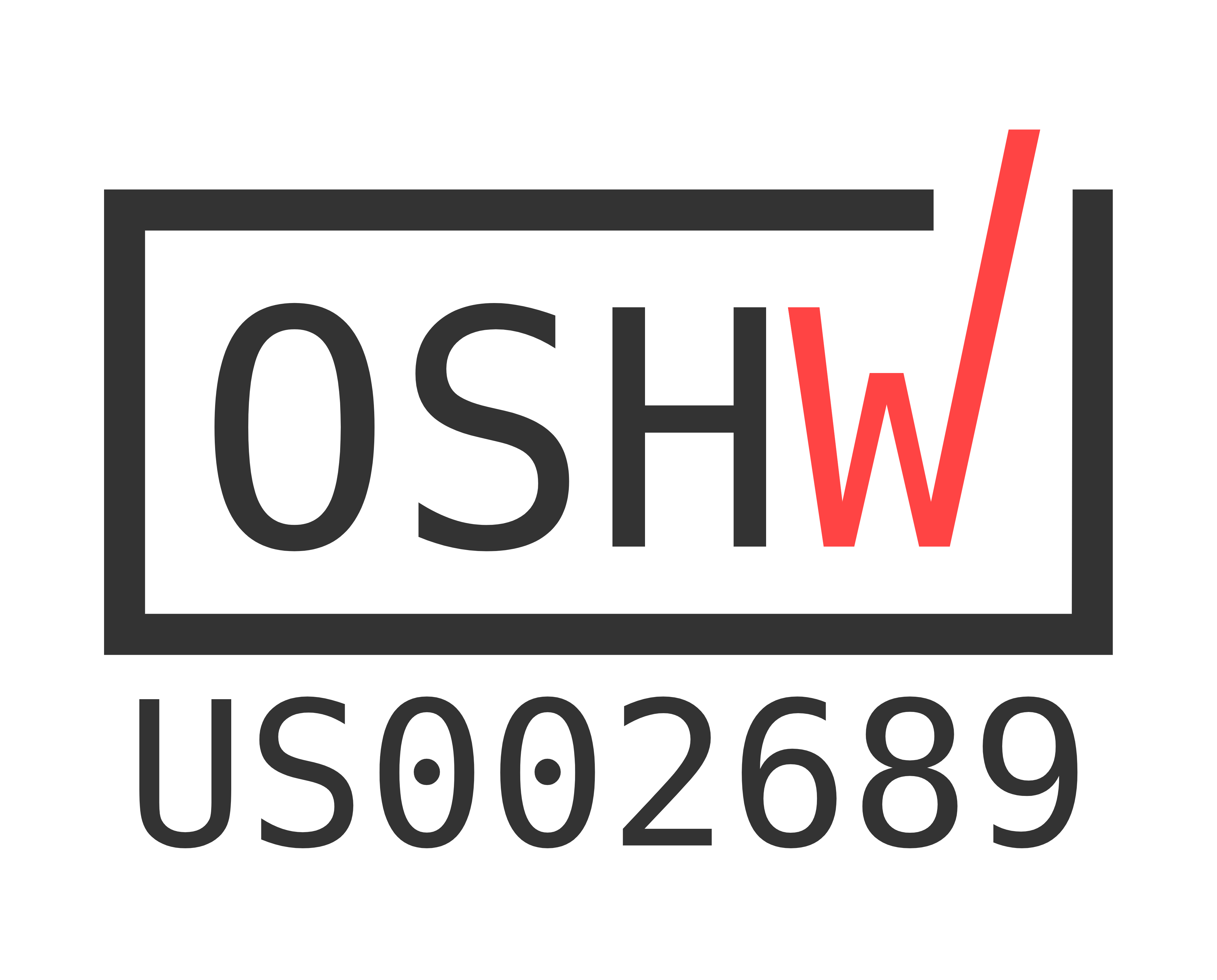

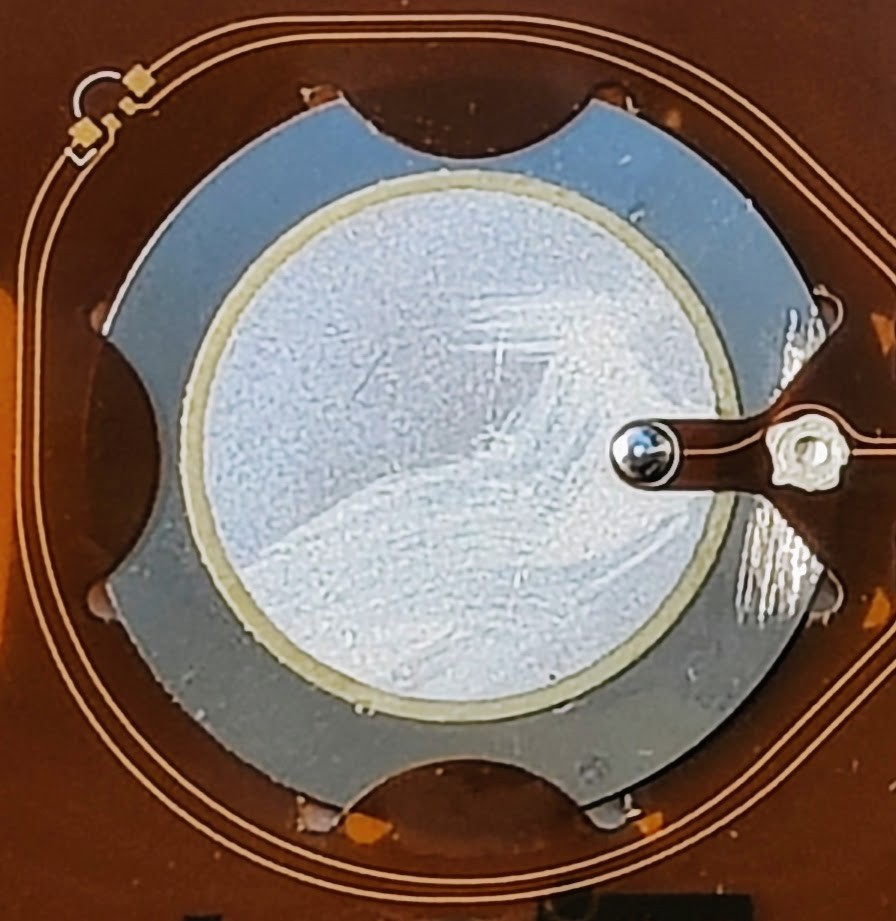





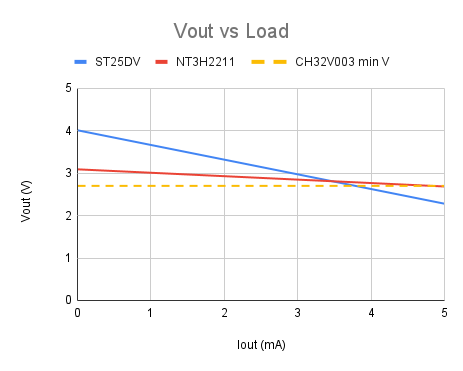
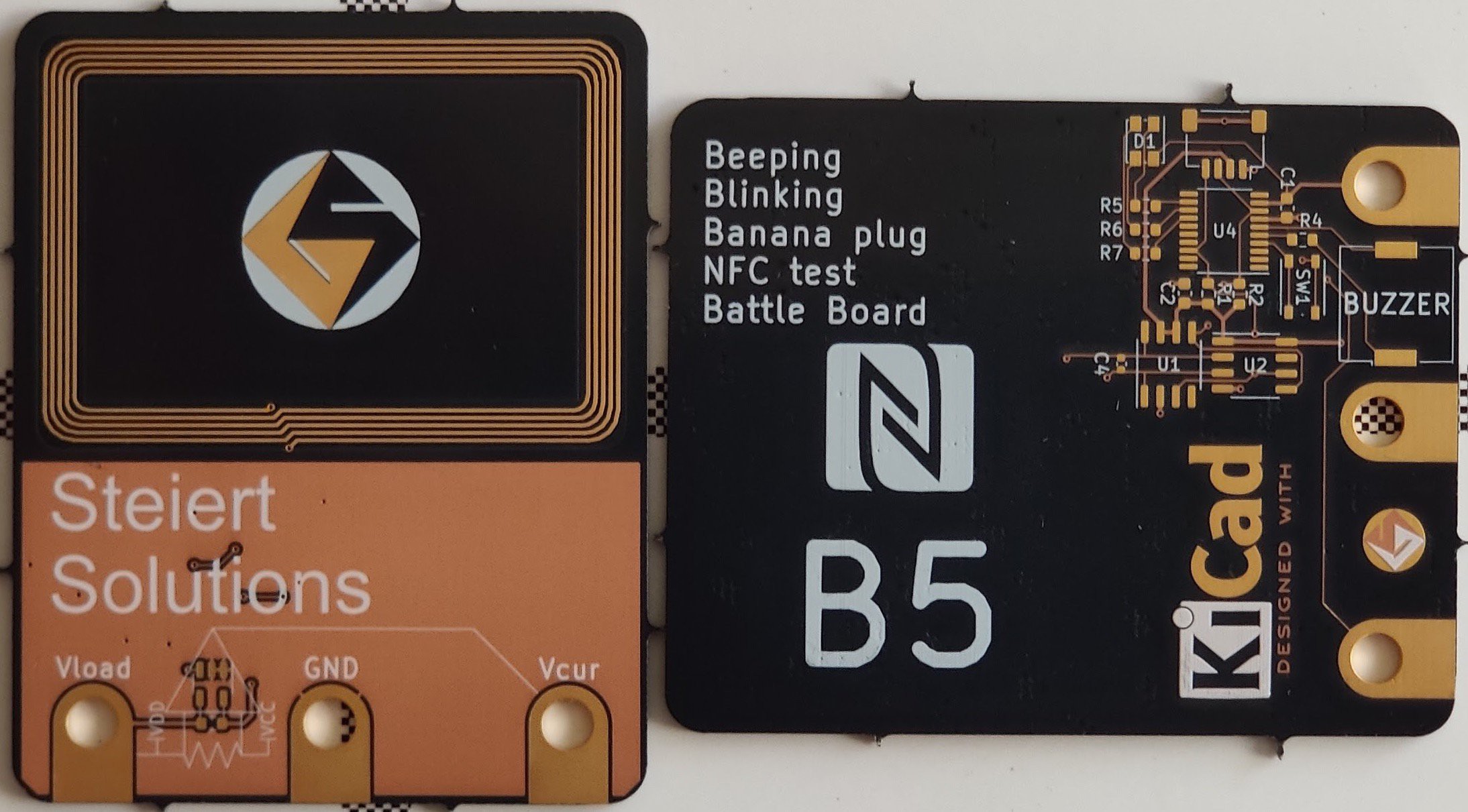
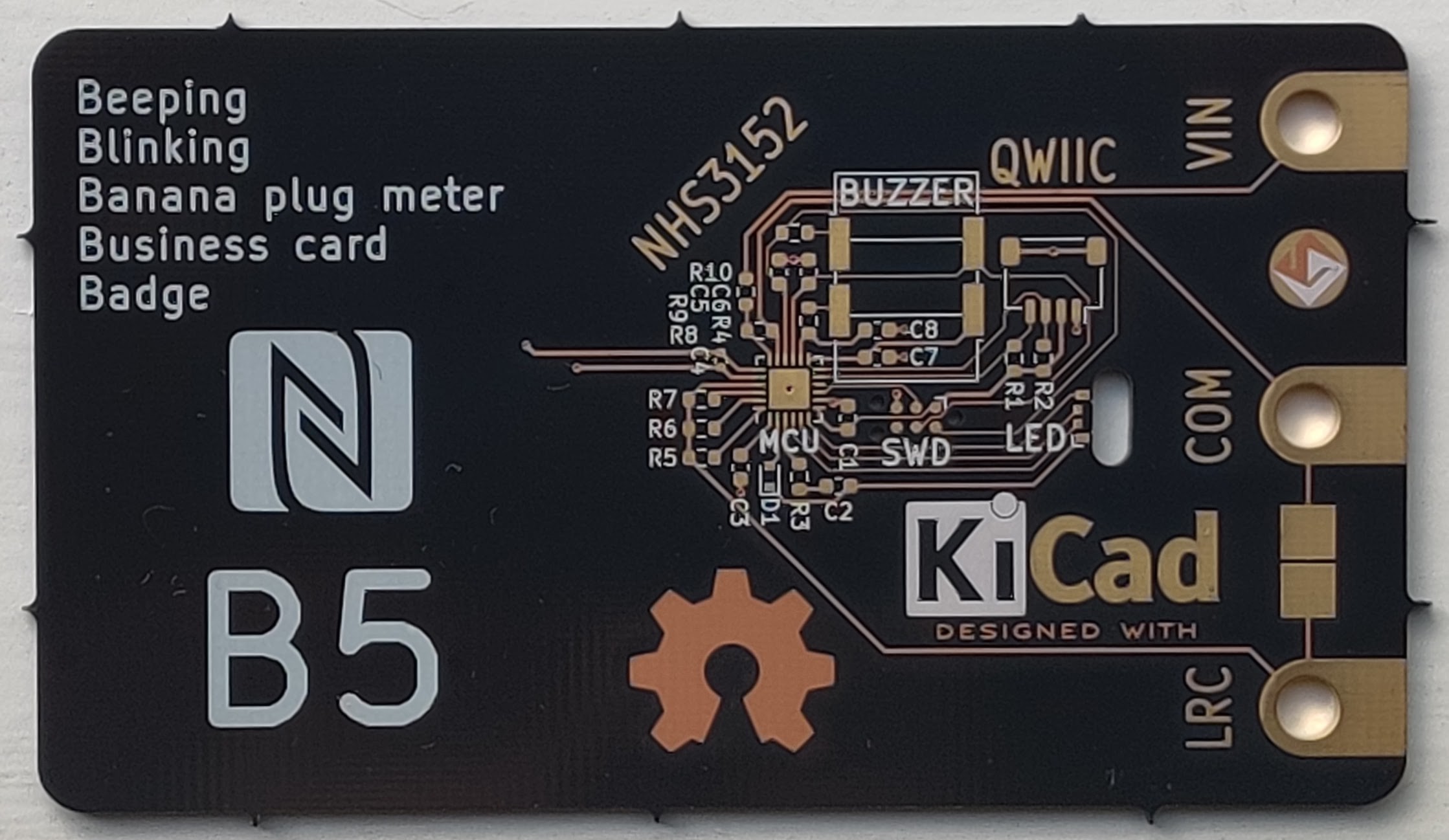 Here is the schematic for the design:
Here is the schematic for the design: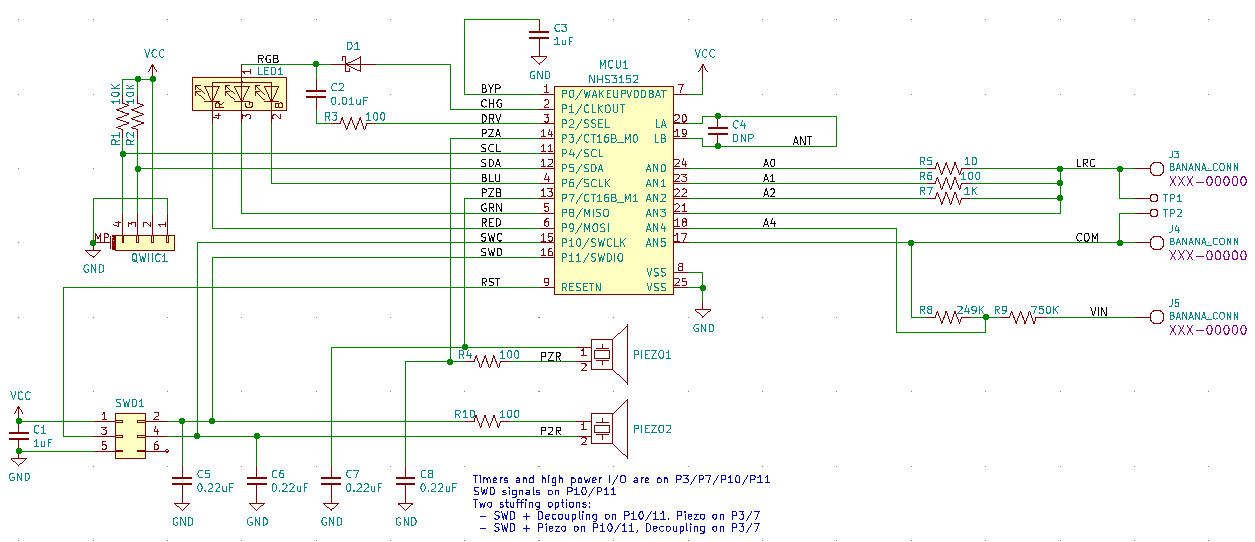 As I mentioned in the last post, I included two buzzers as a stuffing option. You can see how they overlap in the picture of the board.
As I mentioned in the last post, I included two buzzers as a stuffing option. You can see how they overlap in the picture of the board.


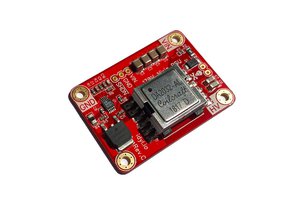
 Tony
Tony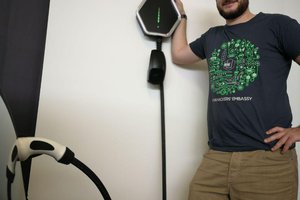
 Mastro Gippo
Mastro Gippo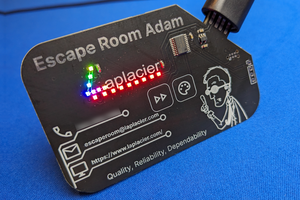
 Adam Billingsley
Adam Billingsley
 Ayu
Ayu
Nice! Make sure to put a QR code on it too. iPhones can't directly import a vcard via NFC. I started a little project like that a few years ago but in the end, dropped it because... Apple.